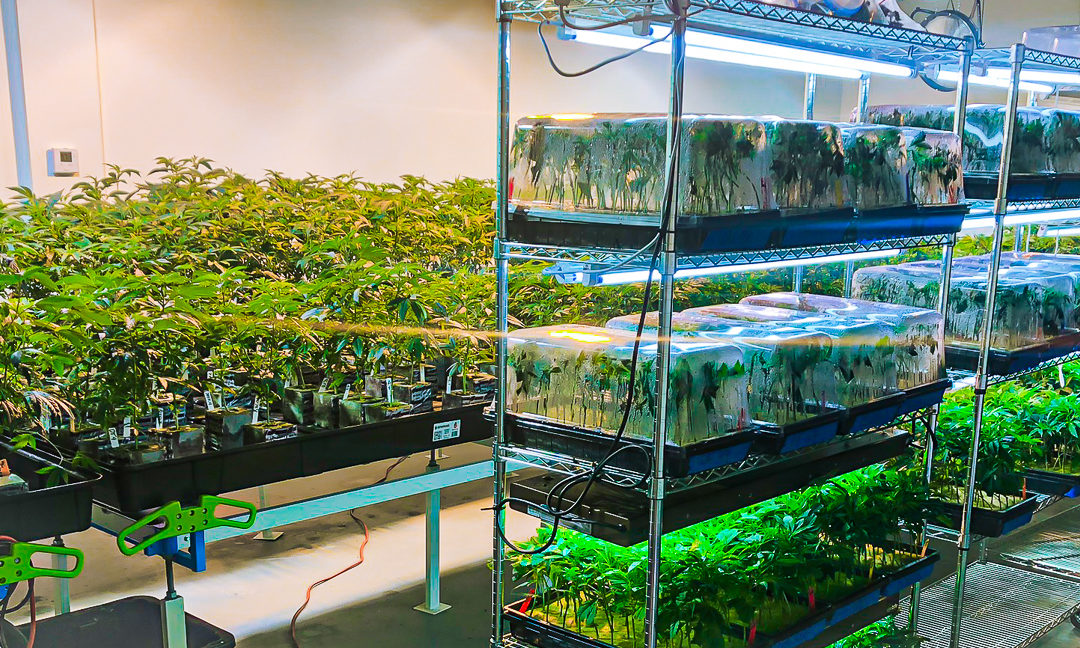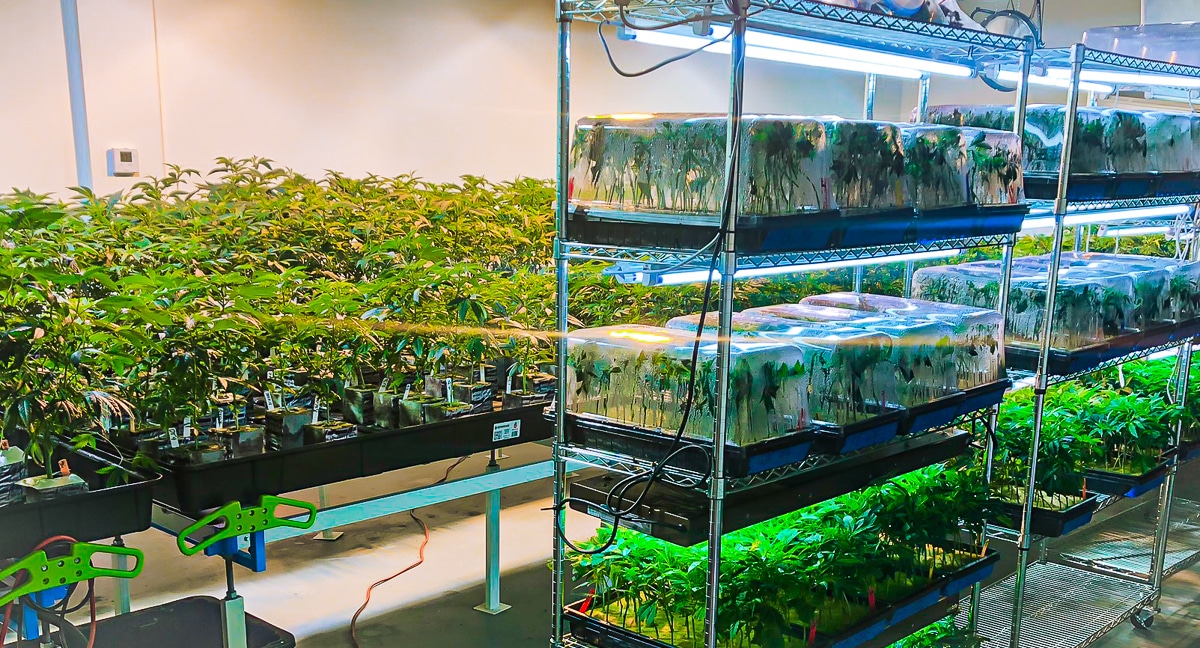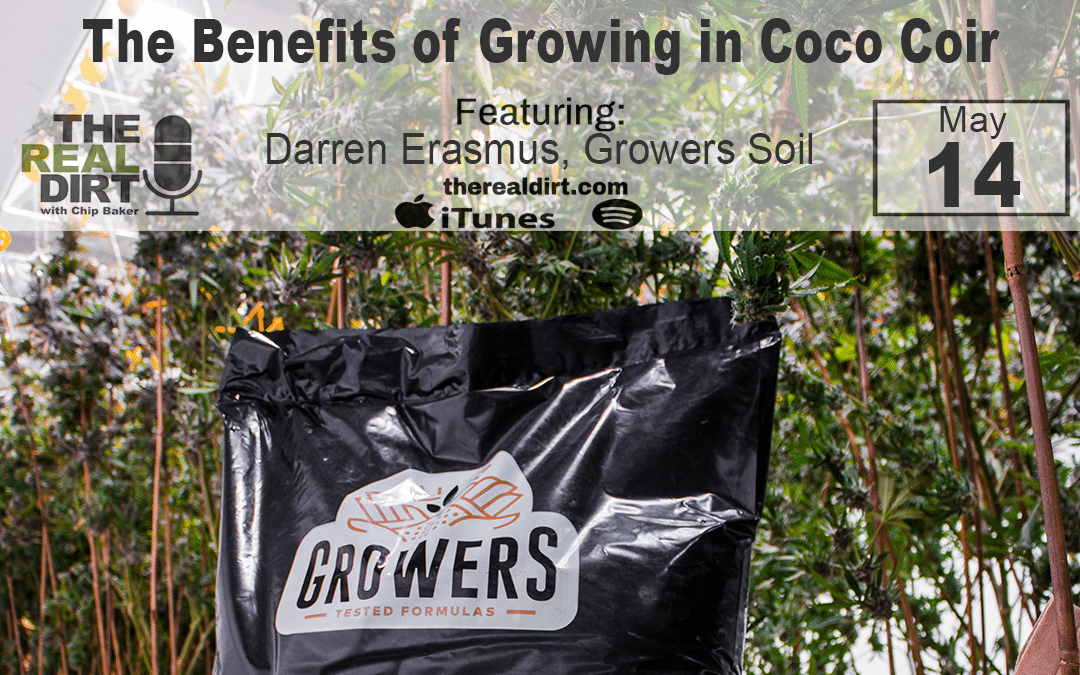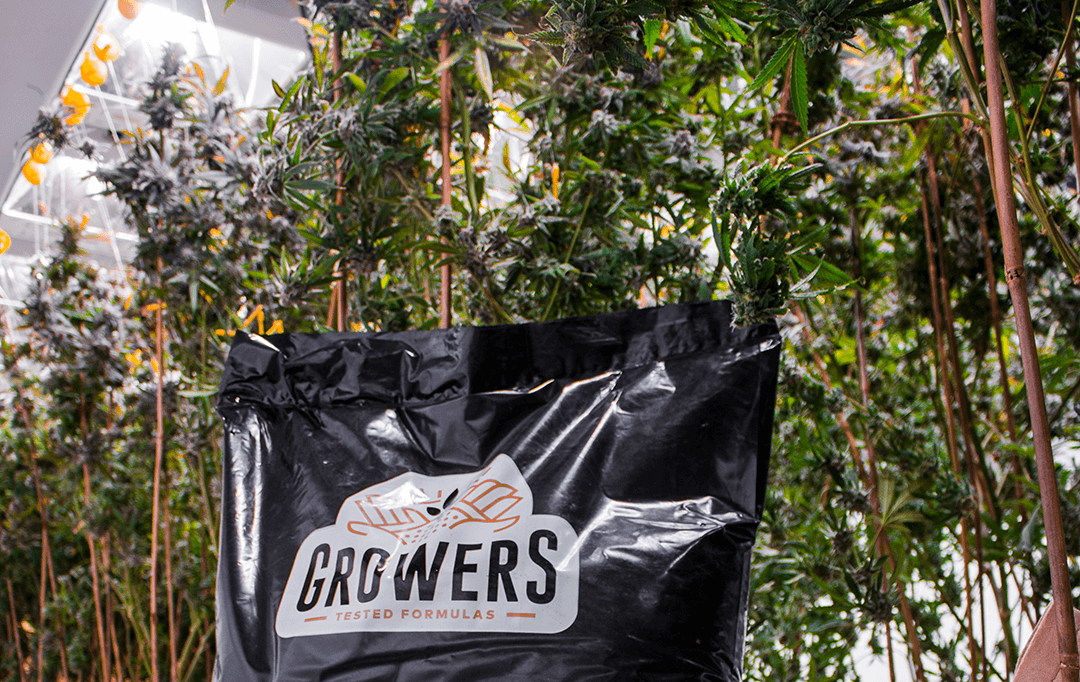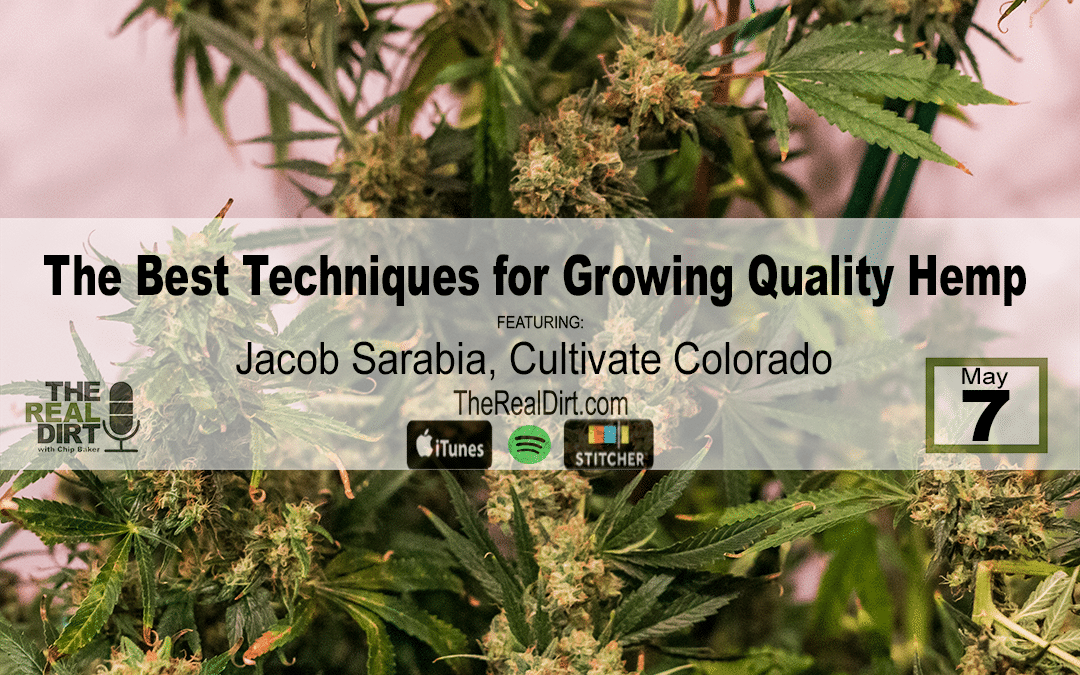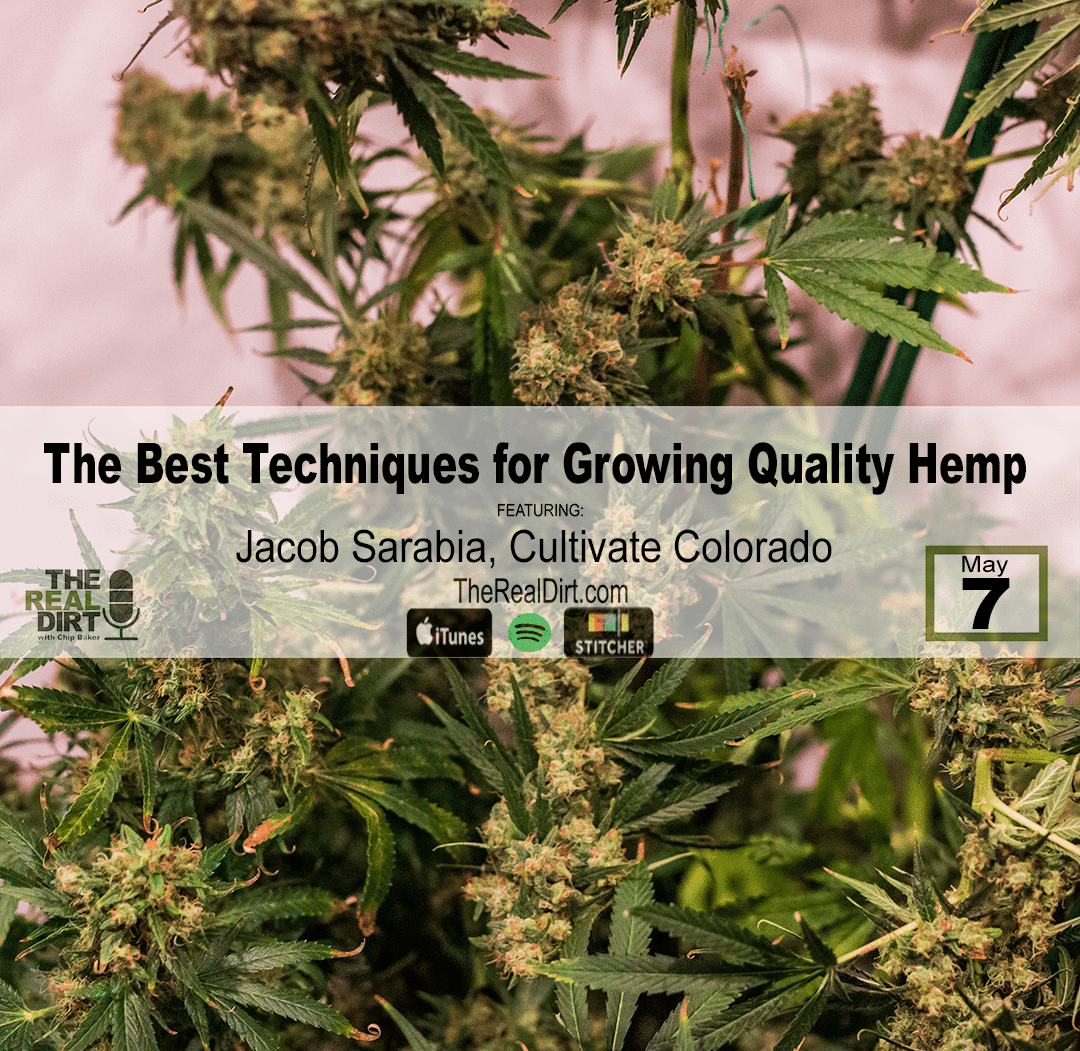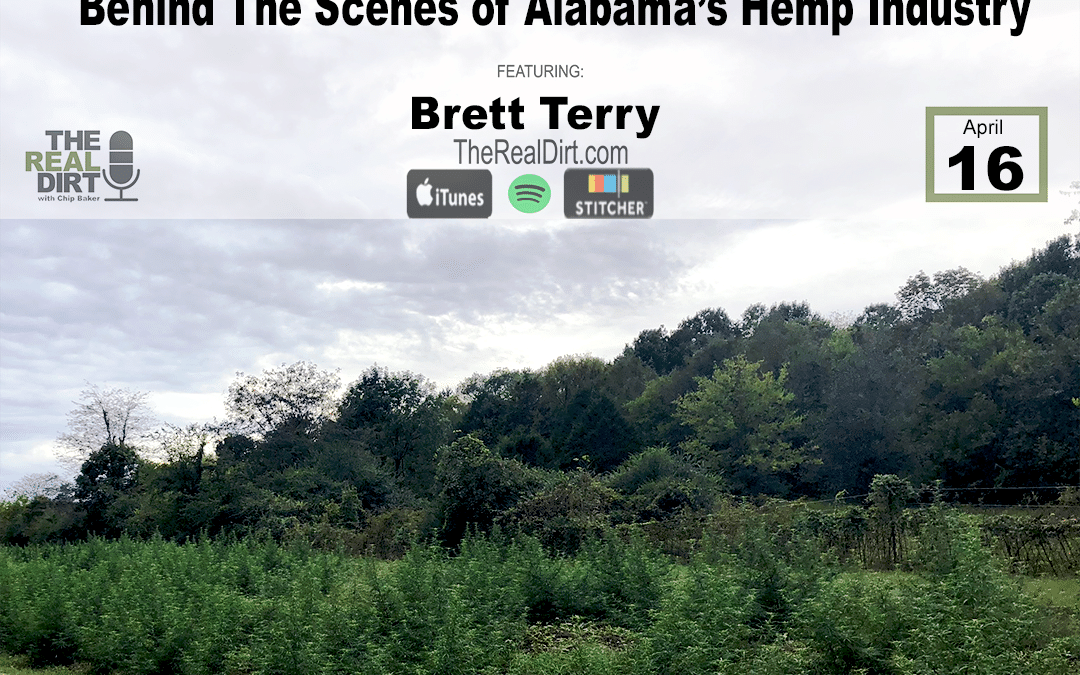
Autoflower Cannabis: The future of home growing featuring Chef Anna with The Pot
Podcast: Play in new window | Embed
Subscribe: Google Podcasts | Spotify | iHeartRadio | Stitcher | Email | TuneIn | RSS

Chef Anna grows some of the best autoflowers in the game with a personality to match. But it’s not just Chef’s grow skills that make him so special.
What makes Chef Anna so unique is that he is, for lack of a better word, kind of crazy. Most people would never walk through a Walmart trying to convince elderly white folks they dropped a jar of ganja on the ground. But that’s exactly what Chef Anna does.
Chef has quickly become a cannabis community influencer on Instagram with his hilarious videos. These clips include handing cannabis out to random strangers at grocery stores, to hiding an ounce in the shelves and making a post on Instagram to come and find it for locals in the area.
However Chef Anna was popular well before he started making videos.
Who is Chef Anna?
The question over 50,000 Instagram followers probably want to know is, just who exactly is Chef Anna? Your guess is as good as ours!
You will always see Chef with a hat or hoodie on, and his signature polarized snowboard goggles to hide his face. While there probably are people out there who know who he is at this point, his persona is all people need to see to get hooked.
Chef’s original rise to Instagram popularity is due to his to book, #GROWLIKECHEF: a complete beginners guide to growing autoflowering marijuana at home. And if you didn’t get it from the title, Chef Anna is a chef of high quality, autoflowering cannabis.
Autoflower cannabis and growing at home
With more states allowing personal cultivation of cannabis at home, a lot of people are growing cannabis for the first time. Autoflowering cannabis is a very enticing option for these growers that want something easier to manage.
The genetics of autoflower cannabis allow for faster flowering that doesn’t require lighting changes to transition from the vegetative stage to the flower stage. With this unique characteristic, autoflower cannabis also grows smaller than your average cannabis plant. This makes it ideal for growing in small spaces, and for getting guaranteed yields.
This doesn’t mean autoflowering cannabis is just for the new guy. Chef Anna has been growing autoflower cannabis for years, and has mastered the cultivars he grows. And he’s been sharing his knowledge with the world for just as long.
This Week’s Episode
Chef Anna is on the forefront of evolving autoflower cannabis cultivation. As genetics get stronger, and yields get bigger, autoflower cannabis is becoming more and more popular. Does this mean that autoflowering cannabis is future for home growers?
In this week’s episode of The Real Dirt Podcast, Chip talks with Chef Anna about autoflowering cannabis, how it works, and where it’s going. Plus we get a deep dive into the Instagram personality of Chef Anna; why he does the crazy things he does, changing the perception around cannabis, and more.
Roll a fat one up, sit back, relax and enjoy this episode of The Real Dirt featuring Chef Anna.
Listen on iTunes
Listen on Spotify
Listen on Google Play
Podcast: Play in new window | Embed
Subscribe: Google Podcasts | Spotify | iHeartRadio | Stitcher | Email | TuneIn | RSS

